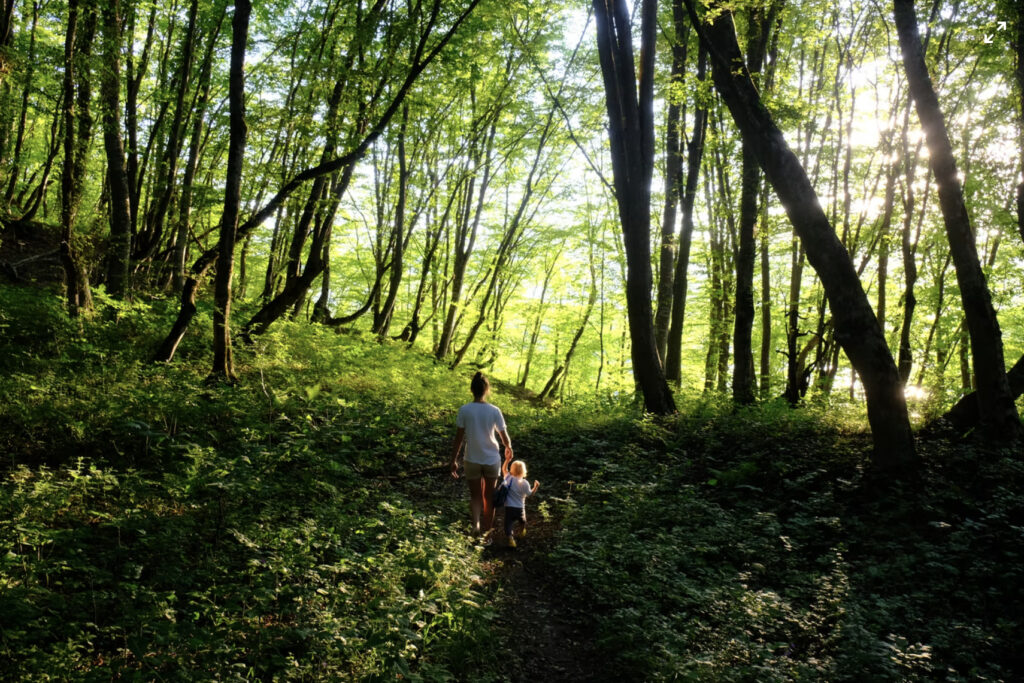Tim Irvine
Last weekend I spent three spectacular days hiking on the Bruce Trail here in southern Ontario. It reminded me about how important getting into nature is for our physical and mental health. It also reminded me that I had to let more people know about the practice of forest bathing. No, I didn’t take my clothes off and roll around in the leaves, I just had to be in the forest for a good chunk of time.
Forest Bathing is an Asian concept that has been around since the early 1980s. It was officially named in Japan as Shinrin-Yoku but quickly gained momentum in China as well. You can imagine that living in some of the most densely populated cities in the world created a need to get back to nature in some meaningful way. Our modern, fast-paced, and stressful lifestyles create the tension we are not always aware of but is consistently there. One of the ways to effectively deal with this tension is to get out in nature.
This concept isn’t new, but the conscious practice of it is. I would argue that getting into nature in any way possible is helpful, but Forest Bathing suggests that being stationary, or moving very slowly, in nature is the most effective way to get the benefits. That could be swinging in a hammock, sitting on a stump, hanging out by a stream, or any other way to be still and at one with your natural surroundings. The length of time can vary from 30 minutes to hours. It’s really your choice.
Research on this subject is fairly sparse overall, but what has been done has shown a direct relationship with time spent in forests with a reduction in physical and psychological symptoms of stress. While time spent in any type of forest is valuable, it appears that evergreens, such as fir, pine, cedar and spruce, provide the greatest benefits. This is due to their production of phytoncides which help to protect them against rot and mildew.
To put a bit more of an objective spin on this, adding some metrics can be helpful. It can be as simple as measuring your heart rate before and after you ‘bathe’, or something more involved if you have the type of wearable technology that can provide blood pressure or brain activity. You can also subjectively score your level of anxiety before and after to provide a reference of how this works.
Even with a lack of substantial research, people are using forests as part of the treatment of many mental health-related issues. While the empirical evidence is not there to support it yet, it seems logical based on the simple fact that we take a break from the stressful environments of city life. This would explain why the rooms with a view in hotels are the ones most sought after. Our instinct is to be in those types of environments but often ignore them. That’s the problem with city life, we train ourselves to ignore what we intuitively know we should have. For more on this subject, you can check out a great read entitled Your Better Instincts by Dr. Stacy Irvine.
The key is to make sure you can get yourself into a forest or natural environment as often as possible. We know enough to know it works, so it’s something we all need to incorporate into our daily or weekly routines. Happy bathing!
https://www.ncbi.nlm.nih.gov/pmc/articles/PMC2793341/

